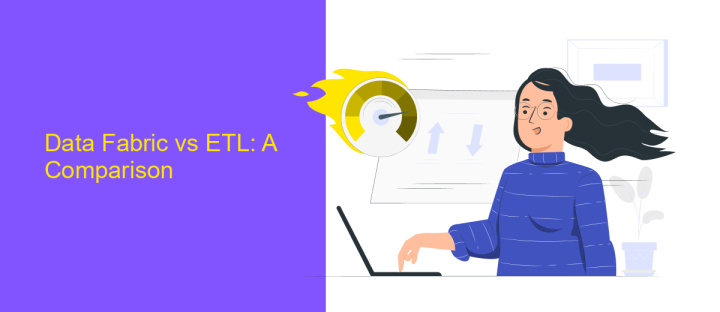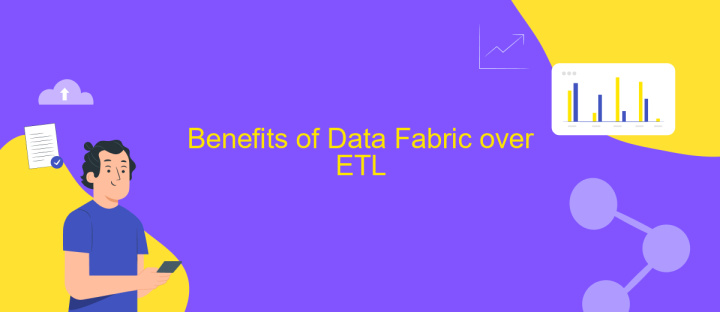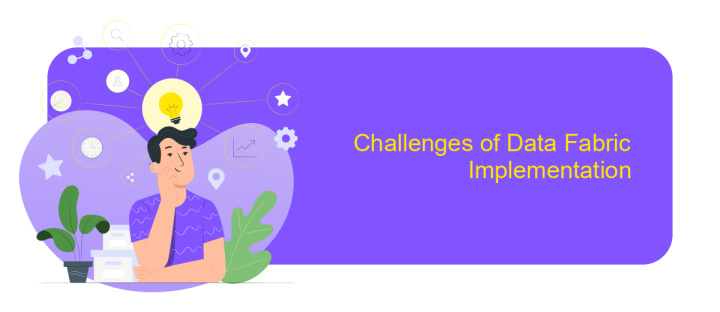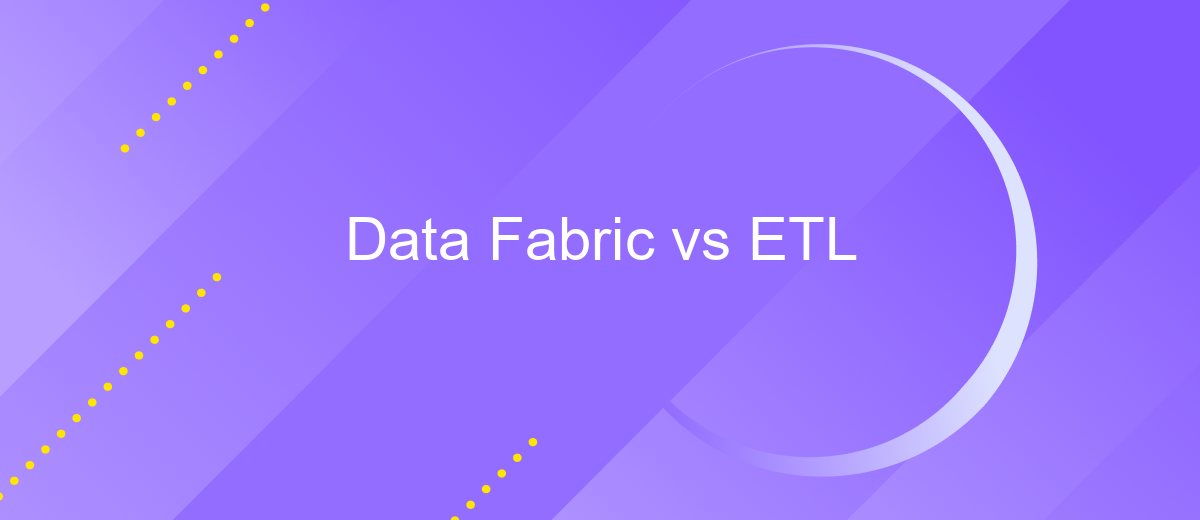Data Fabric vs ETL
In today's data-driven world, organizations are constantly seeking efficient ways to manage and utilize their data. Two prominent approaches in this realm are Data Fabric and ETL (Extract, Transform, Load). While both aim to streamline data processes, they differ significantly in methodology and application. This article explores the key differences, benefits, and use cases of Data Fabric versus ETL.
Introduction
In the ever-evolving landscape of data management, organizations face the challenge of efficiently integrating and processing vast amounts of data from diverse sources. Two prominent approaches that have gained attention are Data Fabric and ETL (Extract, Transform, Load). Understanding their differences and applications is crucial for making informed decisions about data strategy.
- Data Fabric: An architecture that provides a unified, intelligent, and integrated data management framework.
- ETL: A traditional process that extracts data from various sources, transforms it into a suitable format, and loads it into a data warehouse or other systems.
While ETL has been a staple in data processing for years, Data Fabric offers a more holistic and adaptive approach. Tools like ApiX-Drive can enhance these processes by automating data integrations and streamlining workflows. This comparison will delve into the advantages and limitations of both approaches, helping you choose the best fit for your organization's data needs.
Data Fabric vs ETL: A Comparison

Data Fabric and ETL (Extract, Transform, Load) are both essential concepts in the realm of data management, but they serve different purposes and offer distinct advantages. Data Fabric is an architecture and set of data services that provide consistent capabilities across various endpoints, enabling seamless data integration and management. It focuses on the holistic view of data, ensuring accessibility, and governance across the entire data ecosystem. On the other hand, ETL is a process that involves extracting data from various sources, transforming it to fit operational needs, and loading it into a target database or data warehouse. ETL is more about the step-by-step process of data movement and transformation.
While ETL has been the traditional method for data integration, Data Fabric offers a more modern and flexible approach. For instance, services like ApiX-Drive can simplify the integration process by automating data workflows without extensive coding. Data Fabric's ability to provide real-time data access and its adaptability to various data sources make it a more dynamic solution compared to the often rigid ETL pipelines. Ultimately, the choice between Data Fabric and ETL depends on the specific needs and infrastructure of an organization, but Data Fabric's comprehensive approach presents a compelling case for modern data environments.
Benefits of Data Fabric over ETL

Data Fabric offers a more dynamic and flexible approach compared to traditional ETL processes. While ETL focuses on extracting, transforming, and loading data in a sequential manner, Data Fabric provides a more integrated and real-time solution that adapts to the ever-changing data landscape.
- Real-time Data Processing: Unlike ETL, which often works in batch processing, Data Fabric enables real-time data integration and analytics.
- Scalability: Data Fabric can easily scale with the growing volume of data, ensuring seamless integration and management.
- Flexibility: With Data Fabric, organizations can integrate data from various sources without the need for extensive reconfiguration, making it easier to adapt to new data sources.
- Enhanced Data Governance: Data Fabric provides better data governance and security features, ensuring compliance with regulatory requirements.
- Cost Efficiency: By reducing the need for multiple ETL tools and processes, Data Fabric can lower operational costs.
For businesses looking to streamline their data integration processes, services like ApiX-Drive can offer significant advantages. ApiX-Drive simplifies the setup of integrations, making it easier to connect various data sources and automate workflows, thus enhancing the overall efficiency of a Data Fabric approach.
Challenges of Data Fabric Implementation

Implementing a Data Fabric architecture presents several challenges that organizations must address to ensure success. One of the primary difficulties lies in integrating diverse data sources and systems, which often have varying formats, structures, and protocols. This complexity can lead to significant time and resource investments.
Another challenge is ensuring data quality and consistency across the entire data fabric. With data coming from multiple sources, maintaining accuracy and reliability becomes a daunting task. Additionally, organizations must address security and compliance issues, as sensitive data must be protected and regulations adhered to.
- Complex integration of diverse data sources
- Ensuring data quality and consistency
- Addressing security and compliance requirements
- Managing scalability and performance
To mitigate these challenges, leveraging integration services like ApiX-Drive can be beneficial. ApiX-Drive simplifies the process by providing a platform for seamless data integration, enabling organizations to connect various data sources with minimal effort. This can significantly reduce the complexity and time required for implementation, allowing businesses to focus on deriving insights and value from their data.
- Automate the work of an online store or landing
- Empower through integration
- Don't spend money on programmers and integrators
- Save time by automating routine tasks
Conclusion
In conclusion, both Data Fabric and ETL play crucial roles in data management, but they serve different purposes and have distinct advantages. Data Fabric offers a more holistic and flexible approach to integrating and managing data from various sources, providing real-time access and reducing the complexity of data workflows. On the other hand, ETL is a more traditional method that excels in structured data processing and batch operations, making it suitable for specific use cases where data transformation and loading are paramount.
Choosing between Data Fabric and ETL depends on the specific needs of your organization. For businesses looking to streamline their integration processes and achieve real-time data access, solutions like ApiX-Drive can be invaluable. ApiX-Drive simplifies the integration of various applications and services, allowing for seamless data flow and enhanced operational efficiency. Ultimately, the decision should be guided by your data strategy, the complexity of your data environment, and the specific goals you aim to achieve.
FAQ
What is the primary difference between Data Fabric and ETL?
How does Data Fabric handle data integration differently from ETL?
Can Data Fabric replace traditional ETL processes?
What are the advantages of using Data Fabric over ETL?
How can businesses automate and streamline their data integration processes?
Routine tasks take a lot of time from employees? Do they burn out, do not have enough working day for the main duties and important things? Do you understand that the only way out of this situation in modern realities is automation? Try Apix-Drive for free and make sure that the online connector in 5 minutes of setting up integration will remove a significant part of the routine from your life and free up time for you and your employees.


